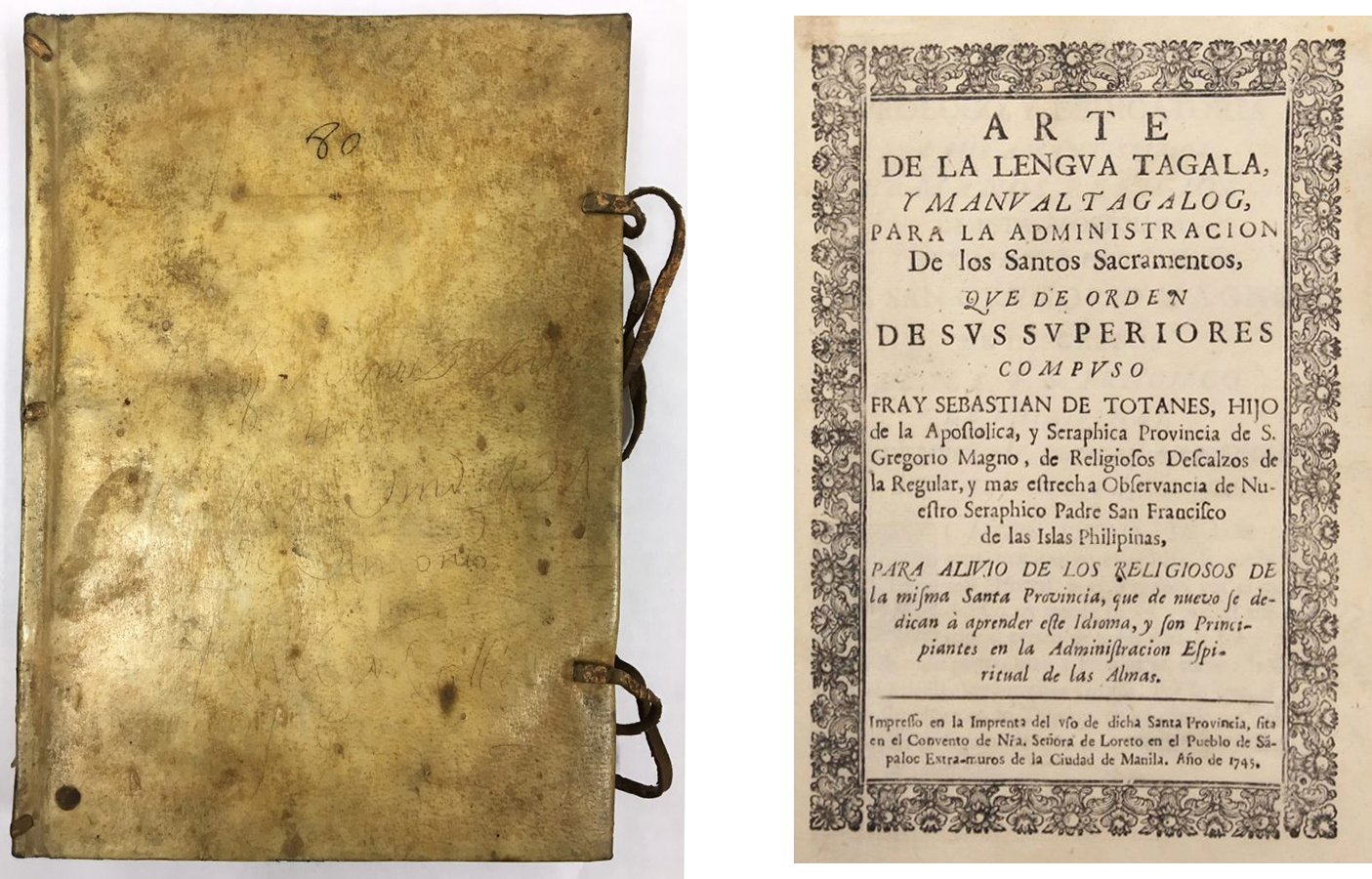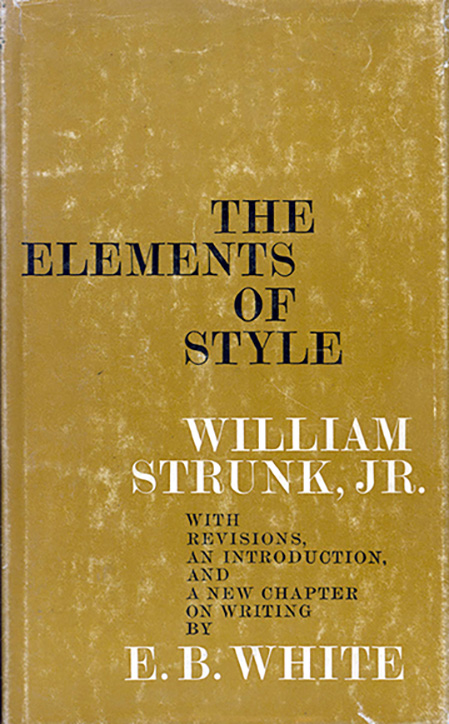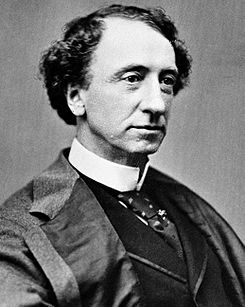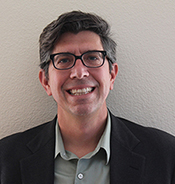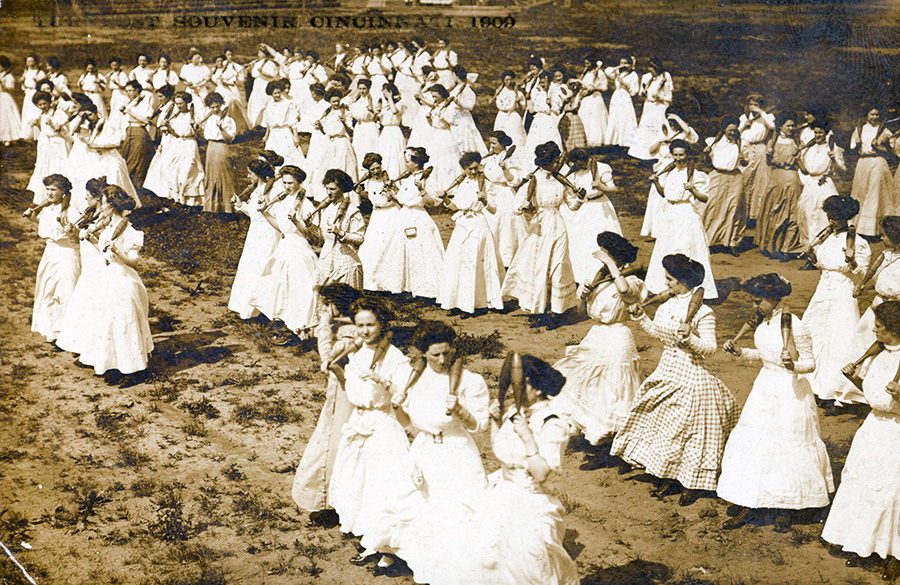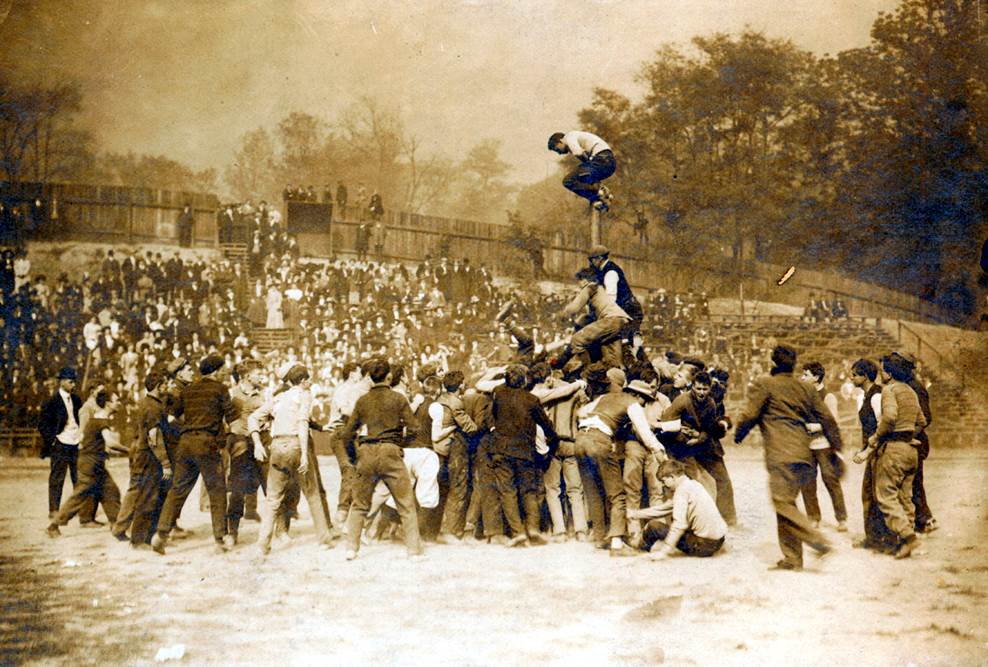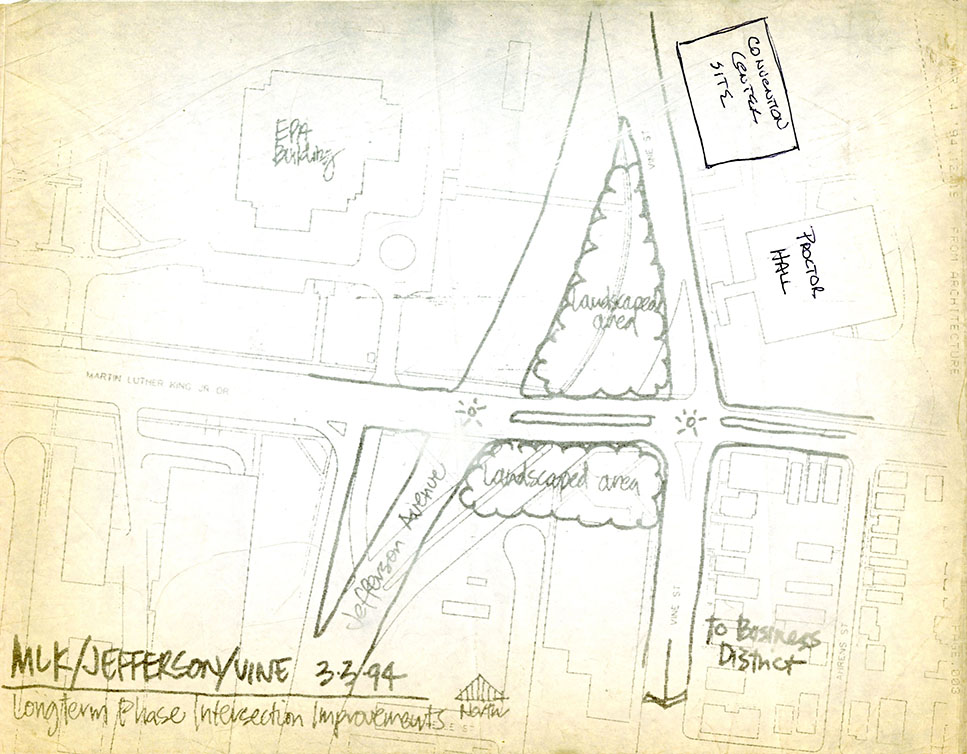December 12, 2013, Youngstown, Ohio. Truck crash and spill. EPA incident review conducted. Truck was a contractor hauling fracking wastewater from ChemTron in Avon, OH. Liquids went into storm sewers and Crab Creek – a tributary of Mahoning River. Image courtesy of FracTracker. Photos from Lynn Anderson, Frack Free Mahoning, & Jean Engle, Youngstown Community Bill of Rights Committee
In my recent explorations of how recordkeeping practices inform environmental policy and knowledge, an interesting trend has revealed itself in the context of state regulation of fracking in the Marcellus/Utica shale region (i.e., Ohio, Pennsylvania, and West Virginia). State agencies in these areas are far more likely to proactively disclose records concerning permits, well locations, and production volume than any other records.
This means that there is significant data on the expansion of fracking – from its geographical extent to the volume of extractive activity. What is far more difficult to obtain is information on the effects of fracking. In other words, the records that contextualize fracking’s impact on the communities where it takes place – complaints, routine inspections, and investigations – are largely absent from the available data on state oil and gas websites. Instead, citizens must file records requests to obtain this information. Pennsylvania is a notable exception in comparison to Ohio and West Virginia, as it discloses records specifically pertaining to inspections and waste production and handling. It also partially discloses complaint and investigation records (primarily related to water contamination issues).
Ohio’s inspection records are highly obscured, requiring one to go through a very confusing process to obtain records from the Department of Natural Resources website. There is no obvious way to search for specific inspection, complaint, or investigation records through either Ohio or West Virginia’s website. Ohio law requires that a database concerning major violations by oil and gas operators be made available to the public on the Division of Oil and Gas resources website. Some of this information may be available through Ohio’s RBDMS application, but due to installation difficulties, I was unable to confirm this. When I asked an agency official regarding whether this web database was available, I was told the agency was “in the process” of creating it. The law calling for such a database was passed in 2010 and amended in 2011.
According to an issue paper authored by the Natural Resources Defense Council and FracTracker, West Virginia once had an active Oil and Gas spills database that was updated at least through 2013. The database is still hosted online, but does not appear to have any records in it from the last several years, or the time period in the issue paper.
When agencies have leeway to determine the scope of their proactive information disclosure, what is shared likely reflects how the agency views it mission. It appears that Ohio and West Virginia’s regulatory agencies prioritize disclosing information about the growth of fracking far more than its potential ramifications for the environment.

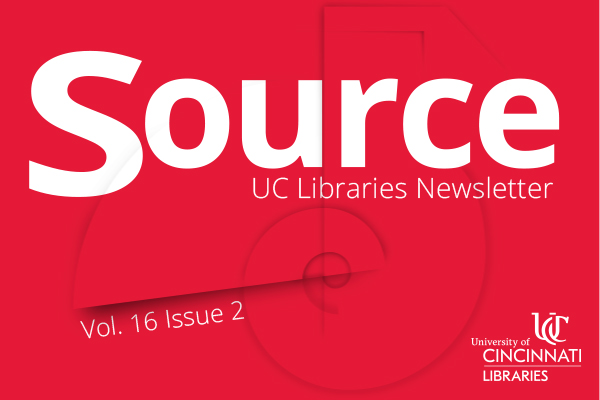 Read Source, the online newsletter, to learn more about the news, events, people and happenings in UC Libraries.
Read Source, the online newsletter, to learn more about the news, events, people and happenings in UC Libraries.